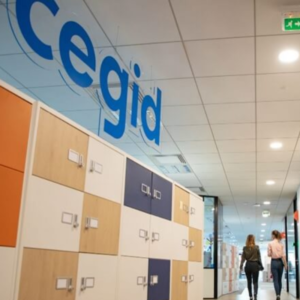The role of freelance work is growing in the business world. It boils down to costs (it is cheaper and faster to contract a service than to hire an employee) or it’s a quirk (more and more workers, especially those of younger generations prefer a more flexible work relationship). Such ties are gaining traction. This reality poses new challenges in managing employee engagement, among those who do not form part of the organization, yet they contribute their work.
New technologies and constant real-time connection with anyone anywhere in the world facilitate such types of relationships. Today some kinds of work can be contracted out to collaborators anywhere in the world. An Argentinean web designer and a Mexican editor, for example, can work from Buenos Aires and Mexico City for a Spanish company based in Madrid. Cloud services are of great assistance for such ties: documents hosted in servers which those involved can access anytime from anywhere.
However this flexibility gives rise to a new challenge for HR management. How to align freelance workers with company goals? How to retain such independent and elusive talent?
Shared goals
First of all, it is essential to clearly understand that the sense of belonging is no longer so relevant for aligning goals between the company and the freelancer. When managing engagement other subjective aspects take priority, such as shared goals or mutual benefit. The company and the external worker may have a shared goal that engages them, making the relationship more dynamic, productive and rewarding.
Lenient controls
It is also essential to make sure there is no “policing” over the freelance worker. Such professionals seek out independence: they are the masters of their time and space. They work remotely to targets as service providers. At the same time, these workers know that this greater freedom requires deep commitment to the customer: poor work, delivery after the deadline, or work that does not tackle the stipulated issues may lead to the termination of the work relationship. Mutual trust plays a leading role.
Paradoxically, greater volatility on both sides (the company loses control over the process, the worker knows he should do the job satisfactorily to get paid and new orders) makes the most of a target-driven focus. This enables a far more efficient management by objectives even though this is independent of the working hours invested in the final product.
Rewards
How to reward external workers? Permanent connectivity that favours this kind of work relationships also provides tools for retaining talent and assessing the performance of external workers. A job well done can be recommended on social networks, for example. This sort of exposure visible for everyone is good publicity for the freelance worker who will feel valued by the company. However, it is desirable to point out the negative aspects in private to avoid damaging the collaborator’s public image while giving pointers on how to improve performance in the future.
Dependency relationship
Last of all, the freelance worker might want to join the company. The casual dependency relationship will become a factor for retaining talent and engagement management.
Nevertheless it is important that such employment expectations can be satisfied eventually. Otherwise it is desirable to make it clear that the company prefers to maintain the relationship on an external basis. Once again, mutual trust is crucial for these relationships to flourish.
In short, managing the engagement of remote workers presents new challenges for companies. Freelance collaborators are more independent and it is necessary to understand these higher levels of freedom. Yet it is precisely this autonomy which is more target-driven. A shared goal engaging both parties will make the relationship productive for both parties and the company will benefit from this new type of more flexible work relationships.






